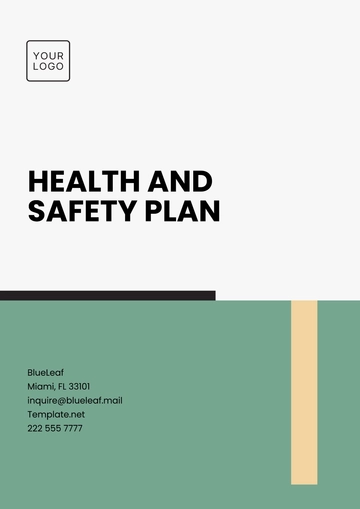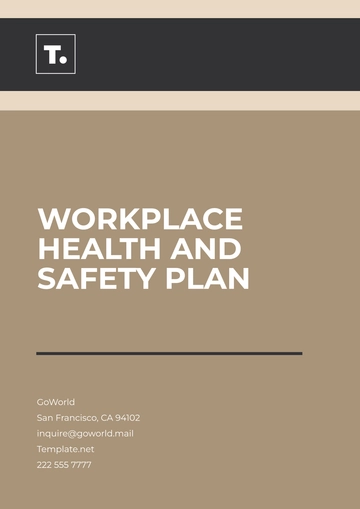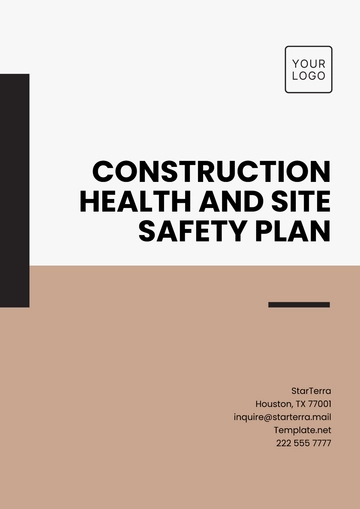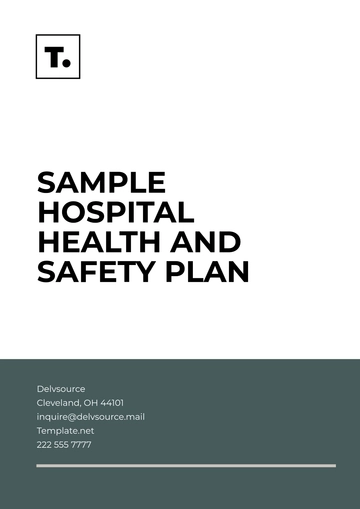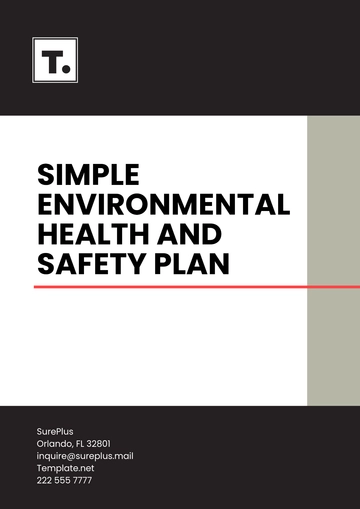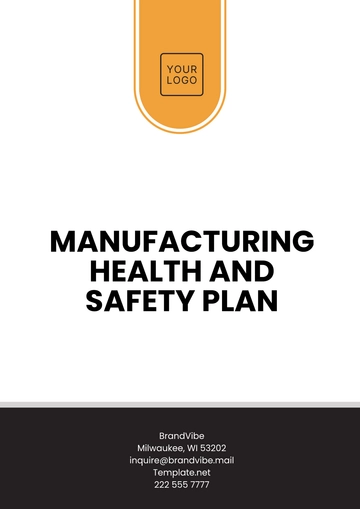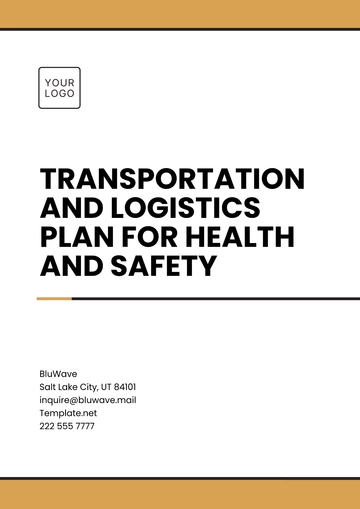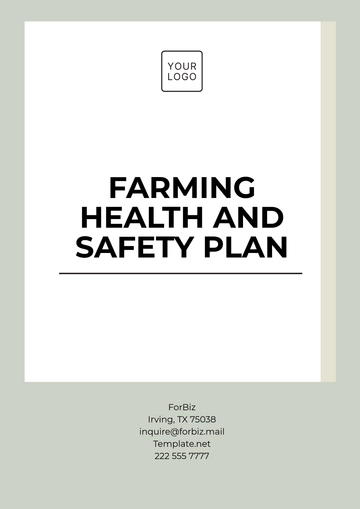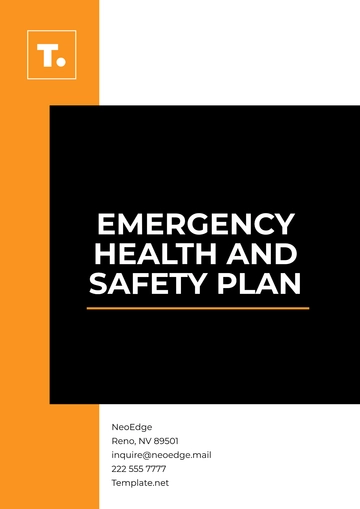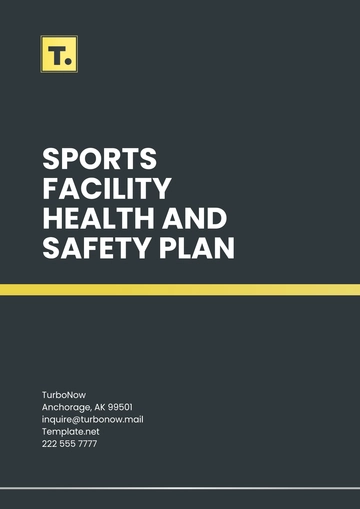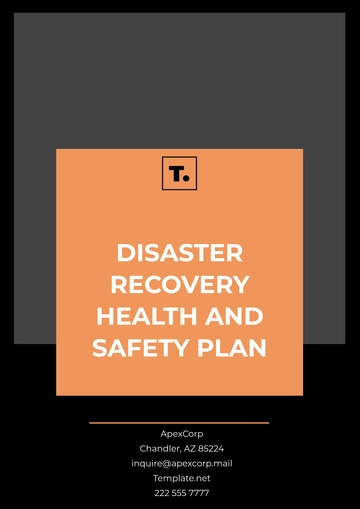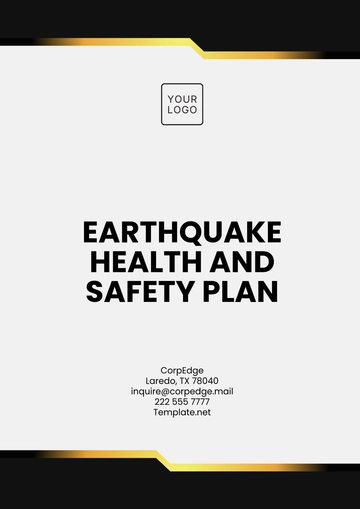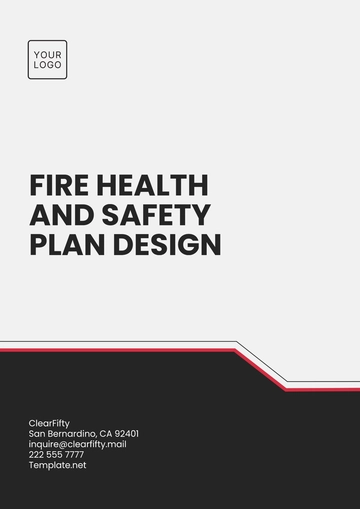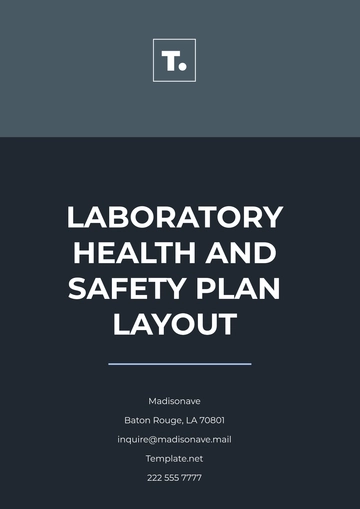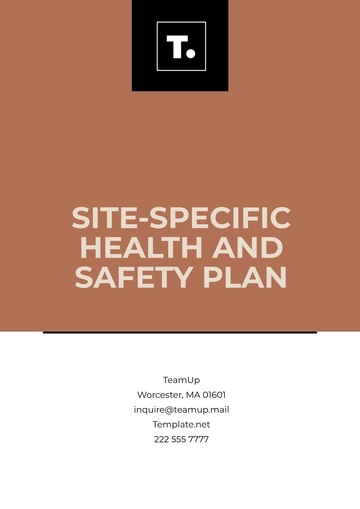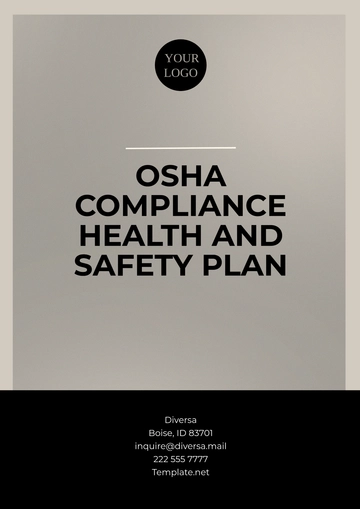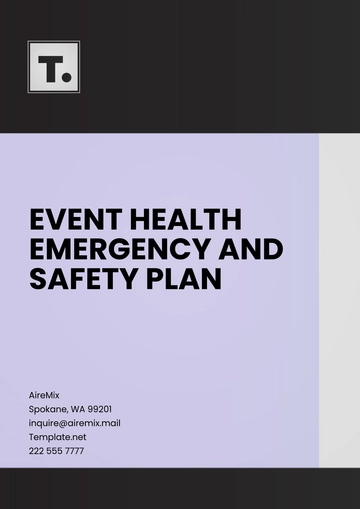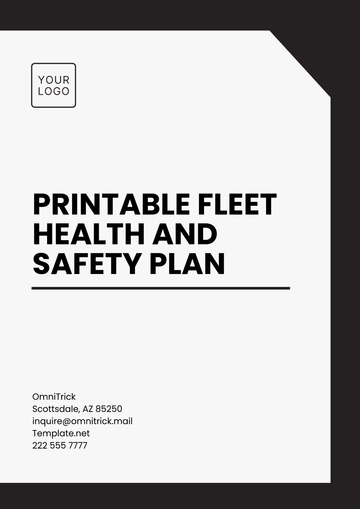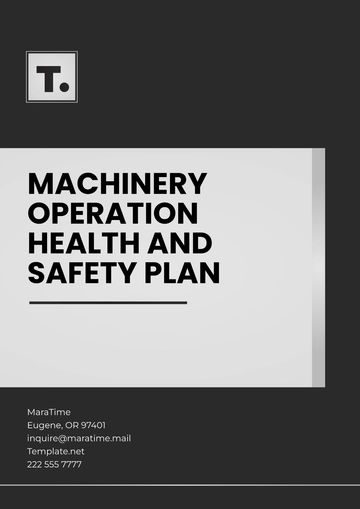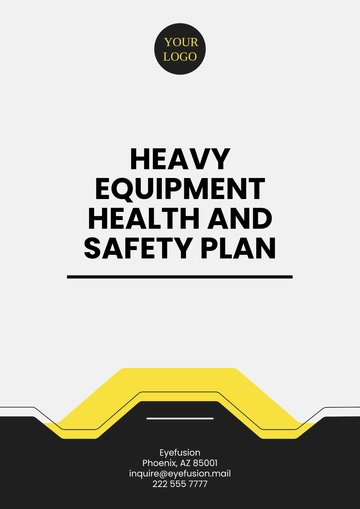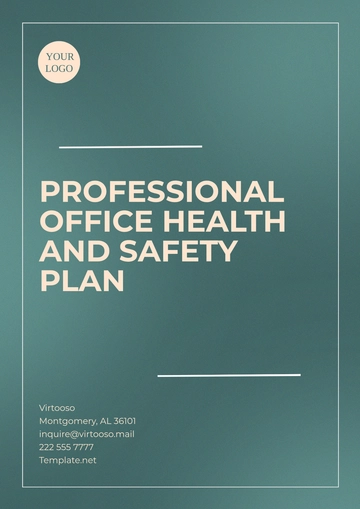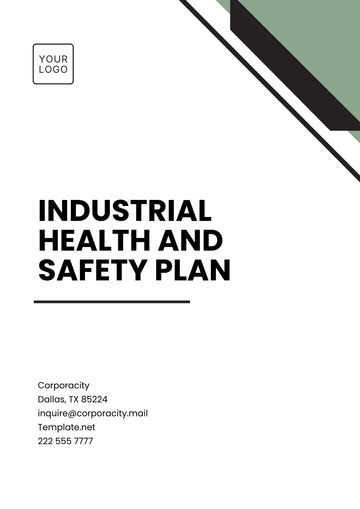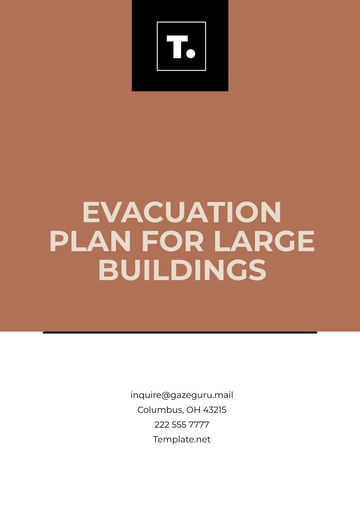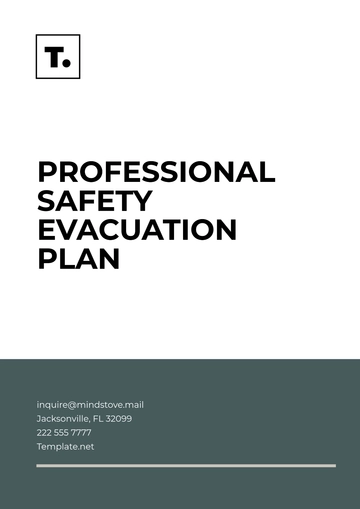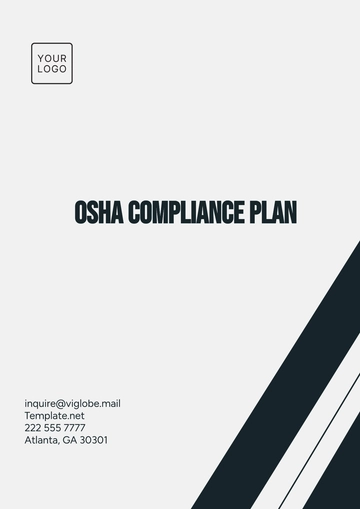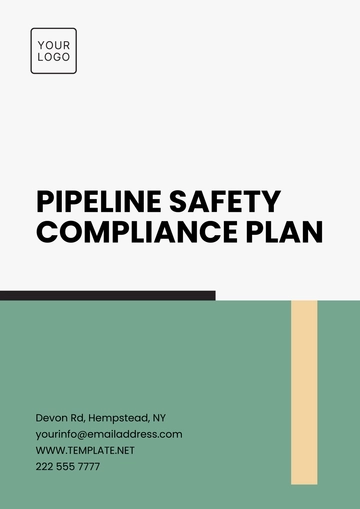Free Family Safety Plan
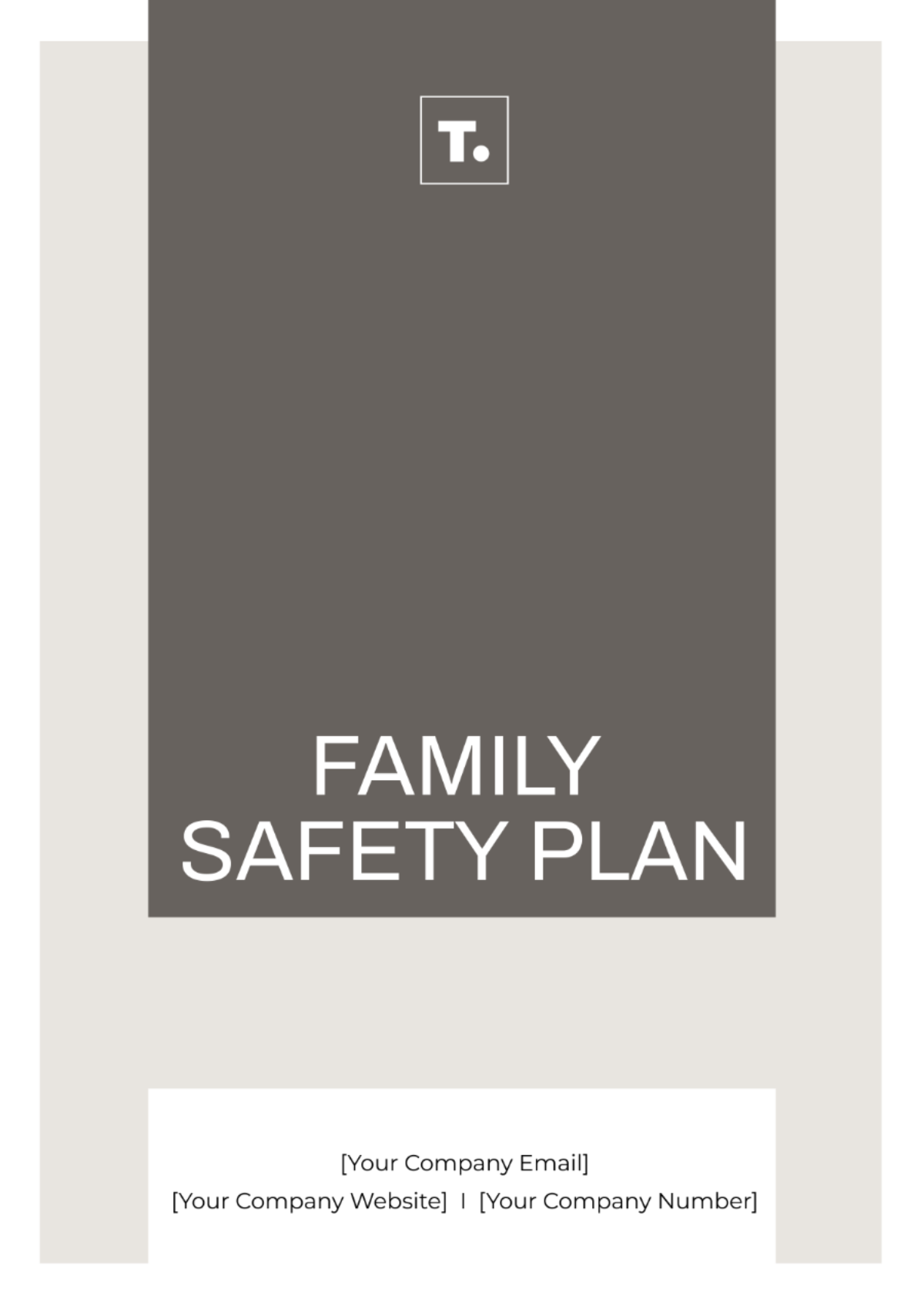
_________________________________________________________________________________
_________________________________________________________________________________
I. Introduction
Ensuring the safety and well-being of our families is paramount. This Family Safety Plan outlines the necessary steps, resources, and strategies to protect family members from potential risks and hazards. Regularly review and update this plan to stay prepared and confident in your abilities to access support when needed.
II. Emergency Contact Information
A. Important Contacts
List the contacts of key individuals and services:
Local Police Department: [Local Police Phone Number]
Local Fire Department: [Local Fire Phone Number]
Family Doctor: [Family Doctor's Name and Phone Number]
Poison Control Center: [Poison Control Phone Number]
Neighbor: [Name and Phone Number of a Reliable Neighbor]
Other Emergency Contact: [Additional Contact’s Name and Phone Number]
B. Family Member Contact Information
Keep a list of contact details for each family member:
Parent 1: [Parent 1 Name and Phone Number]
Parent 2: [Parent 2 Name and Phone Number]
Child 1: [Child 1 Name and Phone Number]
Child 2: [Child 2 Name and Phone Number]
III. Identifying Risks and Hazards
Identify the risks and hazards that could potentially affect your family. These could include natural disasters, accidents, or medical emergencies.
A. Home Safety Hazards
Common home safety hazards:
Fire
Carbon Monoxide
Electrical Hazards
Toxic Substances
B. Community Safety Hazards
Possible hazards in your community:
Natural Disasters (e.g., earthquakes, floods)
Crime
Public Health Emergencies
IV. Safety Strategies
A. Home Safety Measures
Implement these safety measures to mitigate home hazards:
Install smoke and carbon monoxide detectors on each level of your home.
Keep a fire extinguisher in easily accessible locations.
Secure all electrical outlets and avoid overloading them.
Store toxic substances out of reach of children and pets.
B. Emergency Preparedness
Ensure your family is prepared for emergencies by:
Creating and practicing a fire escape plan.
Assembling an emergency kit with essentials like water, food, and medications.
Identifying safe areas in your home for natural disasters.
Designating a meeting spot outside your home in case of evacuation.
V. Communication Plan
Establish a reliable communication plan to keep in touch during an emergency:
Ensure all family members know how and when to contact each other.
Have a designated out-of-town contact person who can relay information.
Keep cell phones charged and maintain backup power supplies.
VI. Regular Review and Updates
Revisit and update your Family Safety Plan regularly to ensure all information remains accurate and relevant. Hold family meetings to discuss safety procedures and make necessary adjustments.
VII. Encouragement and Empowerment
Stay confident and proactive in maintaining your family's safety. Remember that preparation is key to effectively navigate any hazardous situation. Empower each family member to understand their role in this plan and cooperate for collective safety and well-being.
_________________________________________________________________________________
For further assistance or questions, please contact:
[Your Company Name]
[Your Name]
Email: [Your Email]
Phone: [Your Company Number]
Address: [Your Company Address]
_________________________________________________________________________________
- 100% Customizable, free editor
- Access 1 Million+ Templates, photo’s & graphics
- Download or share as a template
- Click and replace photos, graphics, text, backgrounds
- Resize, crop, AI write & more
- Access advanced editor
Introducing the Family Safety Plan Template from Template.net! Crafted for peace of mind, this editable and customizable template empowers you to tailor your safety plan effortlessly. Whether for emergencies or routine precautions, it's your personalized shield. Editable in our AI editor too, ensuring seamless adaptation to your evolving needs.
You may also like
- Finance Plan
- Construction Plan
- Sales Plan
- Development Plan
- Career Plan
- Budget Plan
- HR Plan
- Education Plan
- Transition Plan
- Work Plan
- Training Plan
- Communication Plan
- Operation Plan
- Health And Safety Plan
- Strategy Plan
- Professional Development Plan
- Advertising Plan
- Risk Management Plan
- Restaurant Plan
- School Plan
- Nursing Home Patient Care Plan
- Nursing Care Plan
- Plan Event
- Startup Plan
- Social Media Plan
- Staffing Plan
- Annual Plan
- Content Plan
- Payment Plan
- Implementation Plan
- Hotel Plan
- Workout Plan
- Accounting Plan
- Campaign Plan
- Essay Plan
- 30 60 90 Day Plan
- Research Plan
- Recruitment Plan
- 90 Day Plan
- Quarterly Plan
- Emergency Plan
- 5 Year Plan
- Gym Plan
- Personal Plan
- IT and Software Plan
- Treatment Plan
- Real Estate Plan
- Law Firm Plan
- Healthcare Plan
- Improvement Plan
- Media Plan
- 5 Year Business Plan
- Learning Plan
- Marketing Campaign Plan
- Travel Agency Plan
- Cleaning Services Plan
- Interior Design Plan
- Performance Plan
- PR Plan
- Birth Plan
- Life Plan
- SEO Plan
- Disaster Recovery Plan
- Continuity Plan
- Launch Plan
- Legal Plan
- Behavior Plan
- Performance Improvement Plan
- Salon Plan
- Security Plan
- Security Management Plan
- Employee Development Plan
- Quality Plan
- Service Improvement Plan
- Growth Plan
- Incident Response Plan
- Basketball Plan
- Emergency Action Plan
- Product Launch Plan
- Spa Plan
- Employee Training Plan
- Data Analysis Plan
- Employee Action Plan
- Territory Plan
- Audit Plan
- Classroom Plan
- Activity Plan
- Parenting Plan
- Care Plan
- Project Execution Plan
- Exercise Plan
- Internship Plan
- Software Development Plan
- Continuous Improvement Plan
- Leave Plan
- 90 Day Sales Plan
- Advertising Agency Plan
- Employee Transition Plan
- Smart Action Plan
- Workplace Safety Plan
- Behavior Change Plan
- Contingency Plan
- Continuity of Operations Plan
- Health Plan
- Quality Control Plan
- Self Plan
- Sports Development Plan
- Change Management Plan
- Ecommerce Plan
- Personal Financial Plan
- Process Improvement Plan
- 30-60-90 Day Sales Plan
- Crisis Management Plan
- Engagement Plan
- Execution Plan
- Pandemic Plan
- Quality Assurance Plan
- Service Continuity Plan
- Agile Project Plan
- Fundraising Plan
- Job Transition Plan
- Asset Maintenance Plan
- Maintenance Plan
- Software Test Plan
- Staff Training and Development Plan
- 3 Year Plan
- Brand Activation Plan
- Release Plan
- Resource Plan
- Risk Mitigation Plan
- Teacher Plan
- 30 60 90 Day Plan for New Manager
- Food Safety Plan
- Food Truck Plan
- Hiring Plan
- Quality Management Plan
- Wellness Plan
- Behavior Intervention Plan
- Bonus Plan
- Investment Plan
- Maternity Leave Plan
- Pandemic Response Plan
- Succession Planning
- Coaching Plan
- Configuration Management Plan
- Remote Work Plan
- Self Care Plan
- Teaching Plan
- 100-Day Plan
- HACCP Plan
- Student Plan
- Sustainability Plan
- 30 60 90 Day Plan for Interview
- Access Plan
- Site Specific Safety Plan
